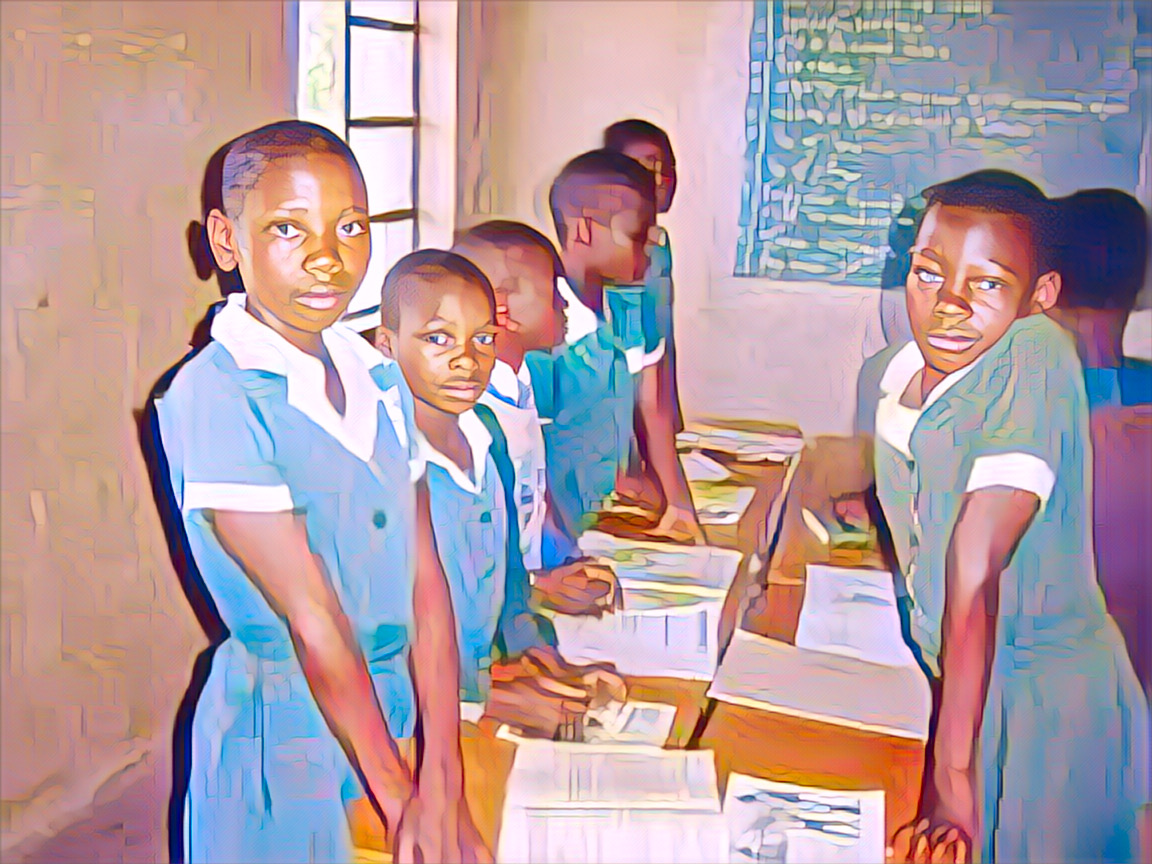Key Points
- Lack of infrastructure and qualified teachers hinders rural education in Zimbabwe.
- Technology and community-based schools are closing the education gap.
- Education access empowers entire communities and drives long-term development.
In rural Zimbabwe, the journey to education is often a story of resilience. Picture children navigating winding dirt paths, some barefoot, just to reach a school that may lack books, desks, or even a roof. While Zimbabwe is celebrated for having one of the highest literacy rates in Africa, the reality in its rural areas tells a different story.
Education here is a privilege, not a given, as children face significant barriers that hinder their potential. If Zimbabwe is to truly unlock its future, ensuring every child in rural areas has access to quality education must become a national priority.
Understanding Rural Zimbabwe’s Education Landscape
When Zimbabwe gained independence in 1980, it set an ambitious goal: universal primary education. The policy was transformative, pushing literacy rates to over 90 percent. But in rural areas, where about 62 percent of the population resides, the progress didn’t quite reach its full potential.
Schools in these regions often lack basic amenities—classrooms are overcrowded, roofs leak, and textbooks are scarce. For many children, the closest school might be a two-hour walk away. And even then, they may arrive to find underqualified or absent teachers.
The Zimbabwean government has tried to address these gaps. Programs like the Basic Education Assistance Module (BEAM) aim to provide financial aid for underprivileged students. However, the reality is that rural schools remain severely underfunded. NGOs and community groups have stepped in, but the scale of the challenge requires a more united effort.
Barriers Keeping Rural Students Out of Classrooms
Rural schools face an uphill battle on several fronts. Infrastructure is a glaring issue. Some schools operate out of makeshift structures, lacking electricity, clean water, and proper sanitation. Imagine trying to focus on algebra when your classroom floods every rainy season.
Teacher shortages are another problem. Remote areas struggle to attract and retain qualified educators. Many teachers view rural postings as a punishment, enduring long commutes, poor housing, and isolation. Without motivated and well-trained teachers, students are at a disadvantage from the start.
Then there’s poverty. For families scraping by on subsistence farming, school fees, uniforms, and textbooks are luxuries they can’t afford. For many rural girls, societal expectations push them toward early marriage or household responsibilities instead of education.
Innovative Approaches Offer Hope
Despite these barriers, there’s hope. Communities, NGOs, and the government are working together to make a difference. Take the rise of community-based schools—small, locally-built schools supported by village councils. These schools bring classrooms closer to home, reducing the burden of long commutes.
Technology is also playing a transformative role. Organizations like UNICEF have introduced solar-powered digital classrooms, giving students access to e-learning tools and a broader curriculum. It’s a game-changer, especially in areas where qualified teachers are in short supply.
Incentivizing teachers has proven effective as well. Programs offering rural teachers better housing, higher pay, and professional development opportunities have shown promise in improving both teacher retention and student outcomes.
The Ripple Effects of Education
Improving access to education doesn’t just benefit the students; it transforms entire communities. Educated children grow up to be empowered adults who can contribute to local economies, participate in governance, and advocate for their rights. Gender equality, health outcomes, and reduced child marriages are all linked to better education access.
For instance, in a rural community in Masvingo, a new community seed bank allowed local families to generate additional income. This initiative was led by women educated at a community-based school. The ripple effect of their education is evident in the improved livelihoods of their neighbors.
A Call to Action
There’s still much to do. Zimbabwe’s Vision 2030 plan includes education as a cornerstone for becoming an upper-middle-income economy. But to reach this goal, stakeholders need to double down on their efforts. More government spending, better partnerships with NGOs, and programs targeting gender disparities are crucial.
The question isn’t whether Zimbabwe can achieve equitable education; it’s whether the collective will exists to prioritize it. By investing in rural education, Zimbabwe isn’t just teaching its children how to read and write—it’s laying the foundation for a brighter future.
So the next time you see a classroom photo from rural Zimbabwe, remember: every child in that picture represents untapped potential. With the right support, they could be the doctors, engineers, and leaders of tomorrow. Let’s not let their dreams drown in the challenges of today.


